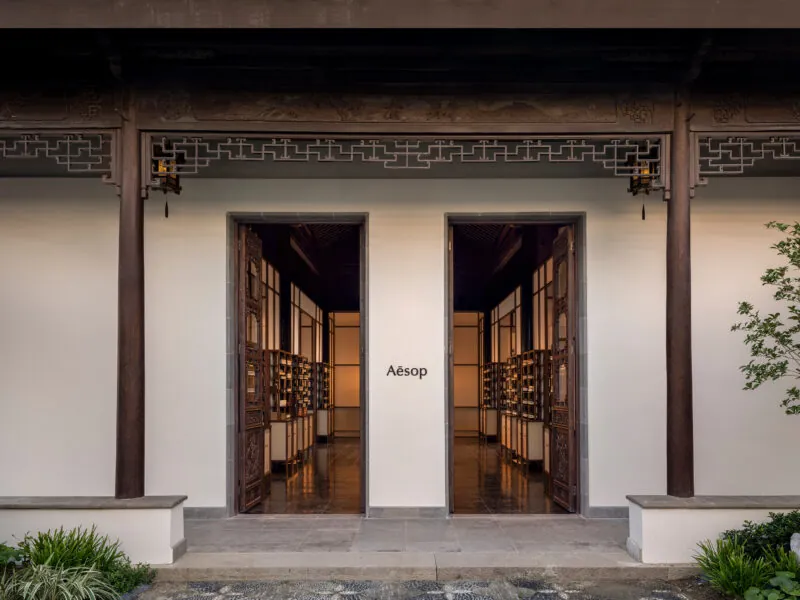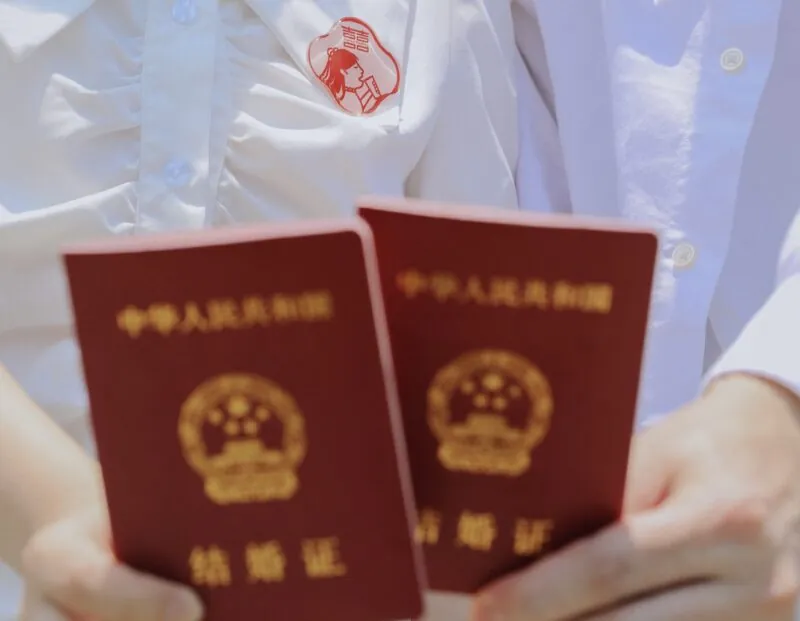Perfume and fragrances were one of the hottest sectors in China this year because of the untapped potential of the relatively low penetration rate of scents in the country. However, data from two of the biggest e-commerce platforms Taobao and Tmall Group, as well as Douyin, TikTok’s Chinese sister app, shows that the China perfume market contracted in the first 9 months of 2024, with Taobao and Tmall dropping 14.6% year-on-year (YoY) to 4.8 billion RMB (677.26 million USD) and Douyin decreasing 8.4% to 2.5 billion RMB (352.74 million USD).
But all is not lost, especially for international luxury brands. Douyin has been mostly focusing on up-and-coming Chinese brands, as well as “white label” brands (retailers’ or manufacturers’ private brands) and the total revenue dropped despite an increase in sales volume. Meanwhile, all of Taobao and Tmall’s perfume/fragrance top 10 sales rankings are international luxury brands from Chanel (no. 1) and Hermès (no. 2) to Bulgari (no. 9) and Tom Ford (no. 10).
International perfume brands still have high hopes for the China market. The perfume department grew among the Estée Lauder Companies in H1 2024, by 1%. For LVMH, perfumes and cosmetics were among the two departments which saw an increase in the first 6 months of this year, growing 3% YoY. L’Oréal and Coty both reported a positive outlook for perfumes.
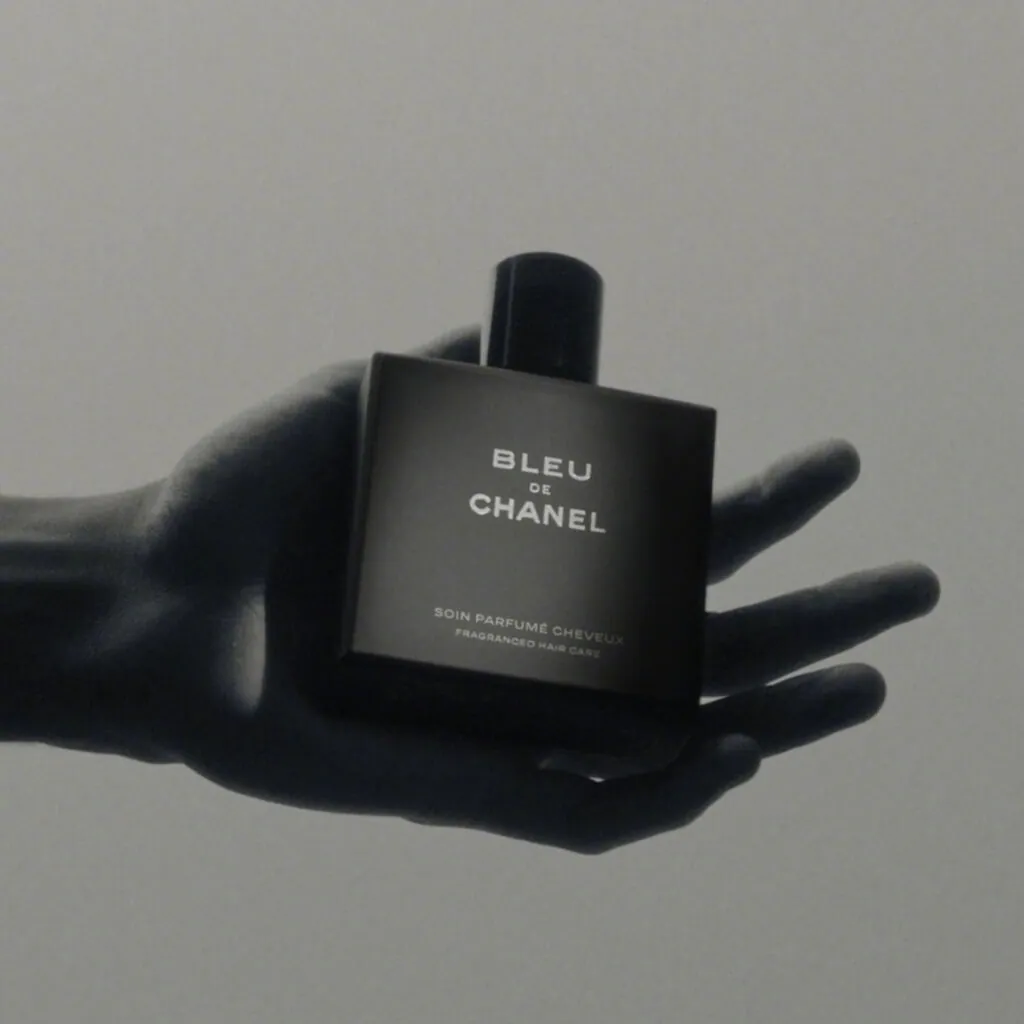
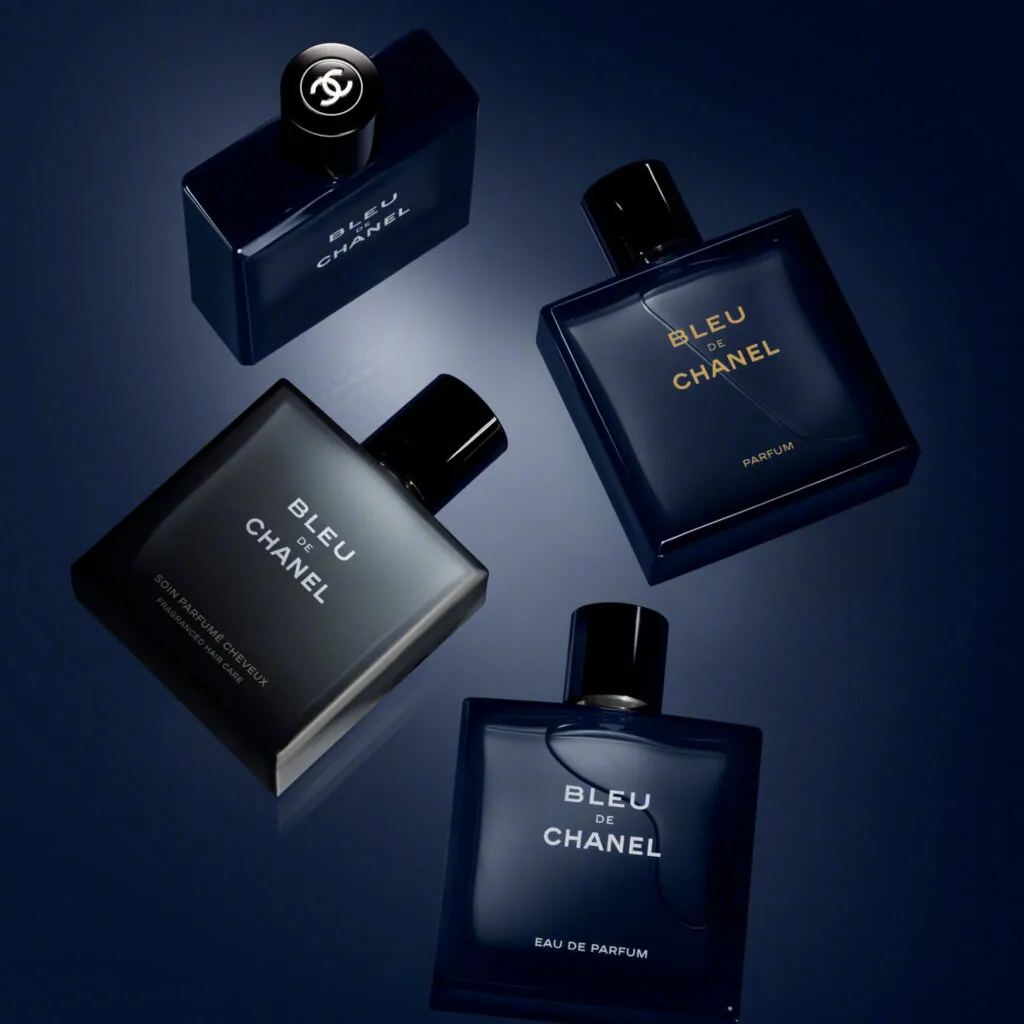
Perfume rands are also showing confidence in the China market by expanding their physical presence in the country. The opening of SKP Wuhan in July saw over 40 international and domestic brands opening in the mall.
Faced with fierce local competition such as big C-beauty brands like Proya and MGP entering the perfume market, international brands are putting more effort into innovation and localisation, including investing in local brands.
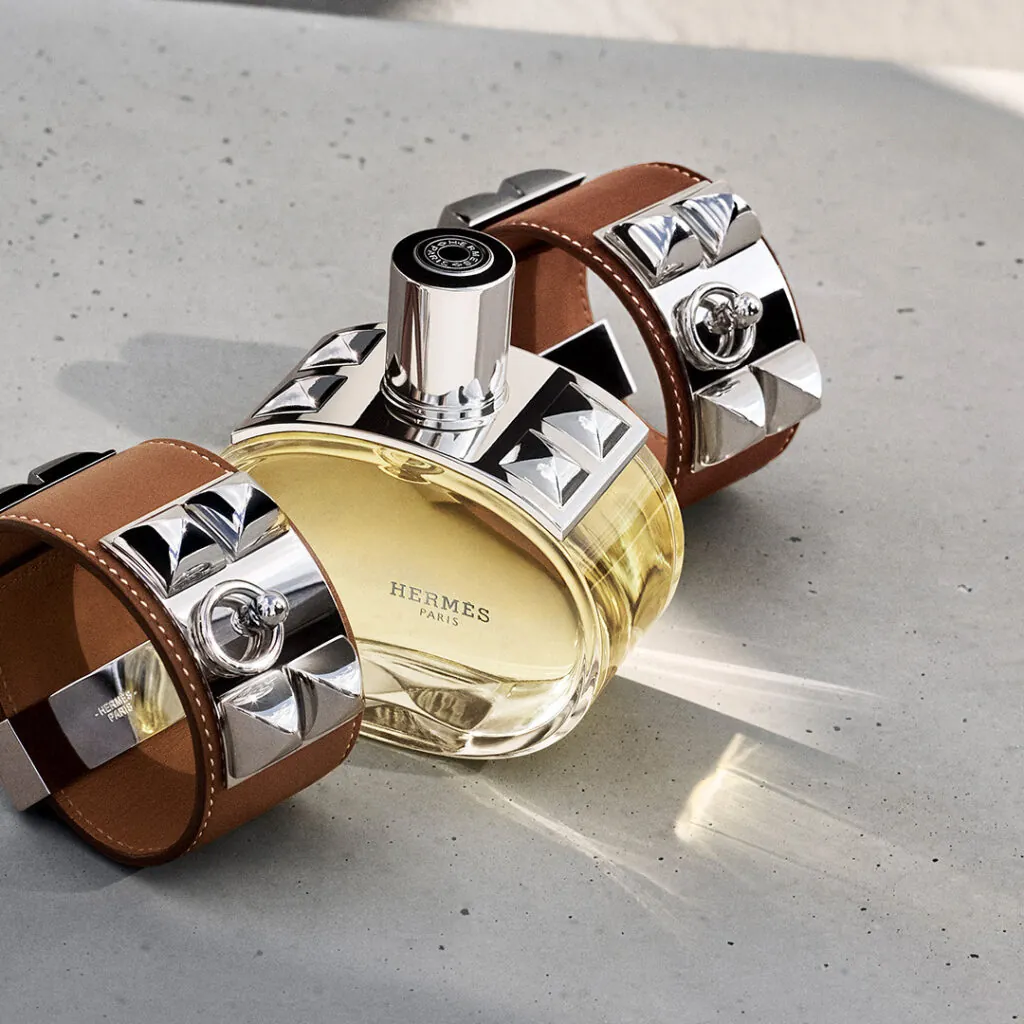
There has been strong interest in both perfume and home fragrances online in China. But with “rational consumption” still being relevant, how to convert online buzz to sales is the key question. Providing “emotional value” for Chinese consumers, either by “New Chinese-Style” creds or other resonant messaging is one of the directions brands have been exploring.
L’Oréal invested in New Chinese-style designer fragrance brands To Summer and Documents. As oriental incense becomes more popular in the home fragrance category, brands like Aesop are also releasing their own oriental incense products. Aesop is also pioneering hyper-localised concept stores that pay tribute to local arts, culture and history.
With Chinese brands, especially the newer and “white label” ones, they struggle to differentiate from others. Meanwhile, established brands have the advantage of brand awareness. Stéphane de La Faverie, Executive Group President of the Estée Lauder Companies shared that the main strategy for the group is strategic expansion of distribution channels, innovation of product development and localisation of products and marketing. These strategies may well work on most brands in the market.





